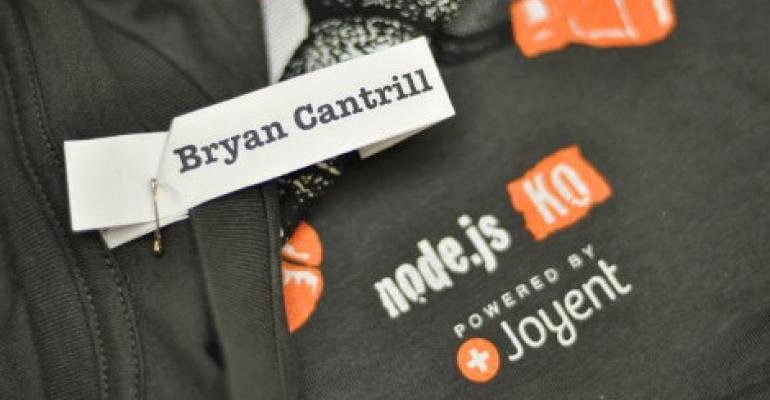Joyent, the San Francisco-based public cloud provider, has raised $15 million in venture capital it said it will use to convince enterprise IT shops and developers to use application containers in the cloud.
The company is known for its high-performance Infrastructure-as-a-Service cloud as well as for being the sponsor and driving force behind Node.js, the popular open source platform for writing server-side applications in JavaScript.
A group of existing investors, including Intel Capital, El Dorado Ventures and EPIC Ventures, among others, participated in the latest funding round, meant to fuel integration between Joyent’s cloud and Docker container technology.
In the past, Joyent differentiated its IaaS from the likes of Amazon Web Services by saying it had a different architecture that made the cloud perform better. It’s still saying that, except it is now emphasizing that what makes its platform perform better is the use of application containers.
“Joyent has always been container-focused, and the way we’ve been high-performance is because of containers,” the company’s CTO Bryan Cantrill said. “We were way too early, and people didn’t see the same advantages that we saw necessarily.”
Now that Docker has made application containers the next big thing in IT infrastructure, Joyent is attempting to capitalize on sudden popularity of the technology.
Marrying two different kinds of container technology
Docker, an open source software project and a company, has been around for less than two years. The first production-ready release came out in June of this year, but the technology already has support from a handful of big names in IT, including Google, IBM, Microsoft and Red Hat, and runs inside data centers by companies like eBay and Gilt.
Application containers used by Joyent’s SmartOS are different from Docker’s Linux containers, but the basic concept is the same, Cantrill said. Instead of creating virtual machines and running an operating system on each of them, the approach is to virtualize the OS and run it so that it uses resources of the underlying server without the extra layer of hypervisor software in between, which, according to Cantrill, degrades performance.
While it uses different container technology, Joyent is working to make Docker containers available on its cloud – a bridge between the SmartOS foundation and Docker images. Cantrill was reluctant to describe in detail how that bridge would work exactly, promising to reveal more in the coming months. The integration is well on its way, but the company is not ready to talk about a specific product roadmap just yet, he said.
The difference between SmartOS and Docker containers is fundamental, Cantrill said. The team that built Joyent’s cloud OS was focused on features like supporting multiple tenants on a single infrastructure and security. Linux containers were originally created by Google for its own use, so there wasn’t a concern about sharing servers with others.
Docker the company has been focused on making Docker containers palatable for enterprises.
Joyent’s cloud lives in colocation data centers (mostly Equinix facilities) in Northern Virginia, Las Vegas, San Francisco Bay Area, and Amsterdam. There are also lots of users around the world using the company’s software to operate private clouds in their own data centers, Cantrill said.





